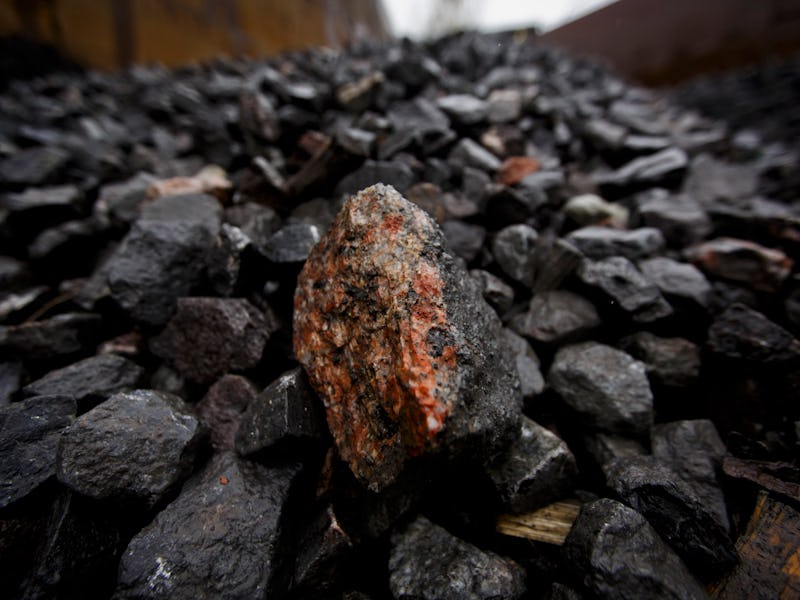Astronomers Discover Stars Containing Absurdly Heavy Elements Unlikely To Survive On Earth
Researchers found that some neutron stars contain elements that would be extremely unstable and short-lived on our home planet.

The overwhelming majority of the universe’s matter that we can see consists of hydrogen and helium. To create heavier elements, stars must do the heavy lifting of assembling their atomic nuclei. Researchers think that these processes can create elements as heavy as uranium.
Now, a group of scientists has spotted evidence that some neutron stars contain elements that are heavier than uranium. Although these elements are extremely unstable and short-lived and don’t normally exist on Earth, it turns out that natural physical processes might create them out in the cosmos.
The researchers published their work in the journal Science last week.
Element factories
To be precise, the authors studied an element-manufacturing method called the r-process. In certain extreme cosmic events — giant stars going supernova, for instance, or two neutron stars crashing into each other — an atomic nucleus can rapidly assimilate neutrons. Around half of the elements heavier than iron, element 26, spawn from the r-process. But we’ve never seen it create elements beyond uranium, element 92.
Scientists often think of uranium as nature’s heaviest element, but there is no physical reason that the r-process must stop at uranium. In fact, when astrophysicists computationally model the r-process, they account for those ultra-heavy elements.
“It’s not that we didn’t expect this to happen, it’s just that we didn’t have a really good idea how to go about finding signatures that might confirm the picture that we have,” says Ian Roederer, an astronomer at North Carolina State University and one of the paper authors.
Scientists often think of uranium as nature’s heaviest element, but there is no physical reason that the r-process must stop at uranium.
These elements are unstable, so they don’t last long: a stray neutron can just as easily split one’s nucleus. The shards of that fission populate the wilderness of the periodic table’s middle: elements like cadmium, tin, and tellurium. Astronomers have to look for these shards, but doing so requires them to look for these elements’ fingerprints in ultraviolet rays.
Because Earth’s ozone layer blocks ultraviolet rays, astronomers need an instrument outside our atmosphere. The Hubble Space Telescope can do the job.
The authors picked 42 neutron stars that seemed to be the product of mergers. In these neutron stars’ ultraviolet spectra, they plucked out fingerprints that they identified as those of the elements they sought.
A realm of improbable atoms
To put that number in context, uranium-238, the most common isotope of uranium on Earth, has an atomic weight of 238, hence its name.
It is possible to surpass 238 in the environment. Some uranium-containing rocks carry traces of plutonium-244, element 9. Cold War-era physicists sifting through the wreckage of the first-ever hydrogen bomb test found traces of einsteinium-254 and fermium-255, elements 99 and 100.
An atomic nucleus with a weight of 260 or more falls into a realm of elements beyond 100: elements found only in the lab. And even in the lab, they’re far too unstable and short-lived for scientists to thoroughly study them.
“How are the heavy elements produced? What’s the nature of the physics that governs how those heavy elements exist for the short period of time that they do exist?” Roederer says. “Looking to the stars might give us a way to explore these questions that have been previously inaccessible to our experiments here on Earth.”